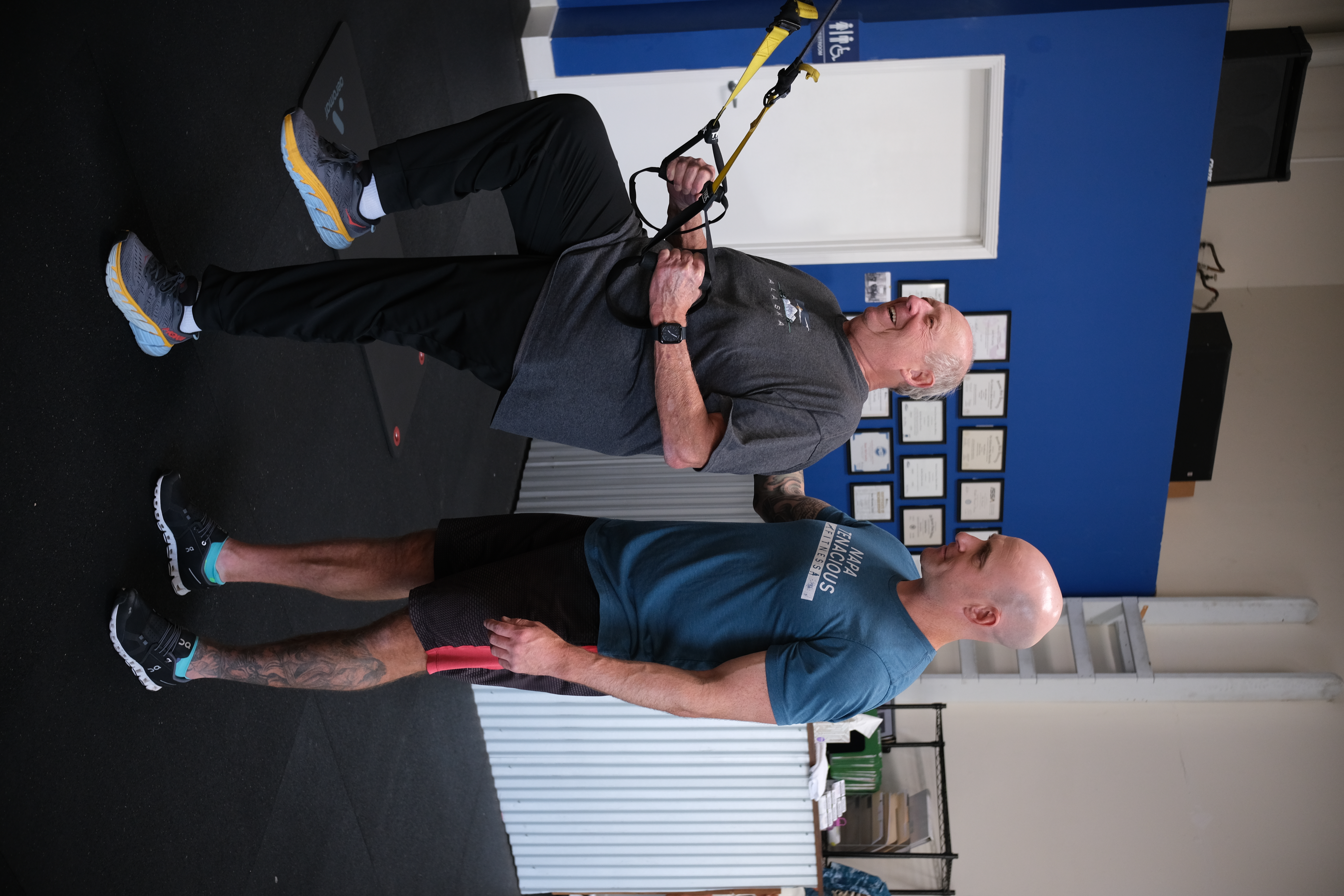The six hundred and two bones comprising the human skeleton are sophisticated structures of living tissue. Our bones are key components that allow us to interact with the physically active environments in which we participate in our normal daily lives. Starting from the cellular level, bones are made up of a dense concentration of osteons, osteocytes, osteoblasts, blood vessels, and various other functional units responsible for holding bones together, creating a solid skeletal framework that allows our body to move. Interlaced with organic minerals that lay over each other, like the composition of fiberglass, bone cells connect to form layers of hard mineralized connective tissue to shape solid skeletal structures such as the skull, vertebrae, humerus, pelvis, or femur.
The deep intrinsic structure of bone cells is organized in a spiderweb-like matrix of rigid minerals resembling that of a sponge that has openings allowing blood and liquid to flow through it. If we could imagine a sponge that’s made out of super solid cement, this gives us a rough idea of what the image of the inside of our bones looks like. Osteons are bone cells. The word porous means something with little holes that liquid can pass through. The degenerative bone condition osteoporosis indicates that bones have larger holes than normal in their inner membrane than a normal bone unafflicted by lack of bone mineral density. Therefore, people with advanced forms of osteoporosis have more porous bones.
Individuals with symptoms of osteoporosis have an increased likelihood of enduring microfractures and stress in bones such as the spine, shoulders, and hips. These small microfractures can lead to a decrease in bone size and density. When the risk of falling is present, bones are more frail and break more often after untimely falls occur in individuals with advanced cases of osteoporosis. While the detriments of osteoporosis are a reality some of us must deal with, we can increase the strength of bones and everyday life functionality by utilizing strategically planned exercise.
Similar to how a muscle grows after a few months of consistent resistance training, bones develop strength in their inner matrix of mineralized connective tissue to adapt to the stress imposed on them from exercise. An example of resistance training we conduct with our personal training clients includes cues for them to move through challenging planes of motion using gravity, dumbbells, or resistance bands as a form of controlled resistance. This stress induces productive microscopic tearing and inflammation of the muscles, tendons, ligaments, and bones.
The human body has an efficient healing system in which it is wired to recover to match and surpass the demands of an exercise routine by healing the stress imposed on the connective tissue to become larger and develop an increased density within the connective tissue to be dense enough to continue moving through future bouts of rigorous physical activity. These adaptations don’t occur overnight. Research has repeatedly supported that long-lasting adaptations from resistance training take anywhere from nine to twelve months of a consistently practiced exercise program to develop reinforced structural integrity within the muscle, tendon, ligament, and bone cells. Therefore, it’s important to adhere to an exercise routine and, more importantly, to stick with it for the long run if fending off the detriments of osteoporosis and other degenerative bone diseases is the goal.
An optimal place to start implementing resistance training if starting from a novice or inexperienced skill set could be to start with exercises that only use gravity as a source of resistance and position the body in a challenging standing, seated, or lying down position. A few examples commonly understood as “body weight resistance” type movements include exercises featured in Yoga and Pilates classes. When entering a beginning Yoga or Pilates class, instructors usually teach the basics of getting up and down off the ground, bending over while keeping the back straight, and utilizing the strong core and hip muscles as a point of emphasis in an exercise session. Additionally, it might be worthwhile to seek the guidance of an exercise professional who understands the progressions of body weight exercises, how to perform them safely, and has a solid foundation of knowledge regarding the limitations of osteoporosis and how to navigate around risk factors.
While some shudder at the term osteoporosis, understanding how to manage risk factors of the advancement of bone density loss and decreasing the risk of falling via strategically planned exercise offers a sense of hope. If we can learn the exercises we enjoy, seem safe, and offer muscle and bone-strengthening adaptations through consistent practice, we can live happier, healthier, and stronger lives.
Sean McCawley, the founder and owner of Napa Tenacious Fitness in Napa, CA, welcomes questions and comments. Reach him at 707-287-2727, napatenacious@gmail.com, or visit the website napatenaciousfitness.com.

